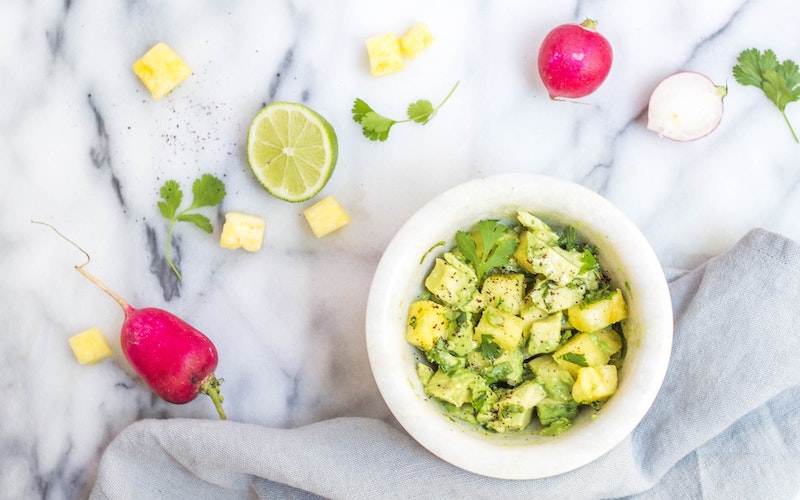The Ketogenic Diet: An Introduction
Episode #1 of the course The Ketogenic diet beginners guide by Theo Brenner-Roach
Welcome to the course and thanks for joining.
My name is Theo, and I’m the founder and blogger of the fitness site, Lift Learn Grow. I help people crack the code to fitness so they can build their ideal body.
Over the next ten lessons, we’re going to cover everything you need to know about the ketogenic diet, and by the end of this course, you’ll know what it is, how to use it, and much more, including:
• the three different types of ketogenic diet
• the health benefits of ketosis
• what keto flu is and how to manage it
• the role of ketosis and ketones
• what you should and shouldn’t eat
• the truth about the ketogenic diet and weight loss
Today’s lesson is designed to ease you into the topic and give you an introduction to the ketogenic diet. We’ll look at what it is, three ways to do it and how it works.
Tomorrow, we’ll go step by step through everything you need to know to try the keto diet properly and safely for the best results.
Let’s begin.
The ketogenic diet, also commonly known as keto or the keto diet, is a low-carbohydrate, high-fat diet.
There are three types of ketogenic diets:
1. Standard ketogenic diet: where you eat 5% of your daily calories as carbs and then prioritize fat and protein intake to reach ketosis
3. Targeted ketogenic diet: similar to standard, with the difference being that you eat a small amount of fast-digesting carbs before your workout
3. Cyclical ketogenic diet: similar to standard, with the difference being that once a week, you eat a high-carb diet to restore glycogen supplies
This diet is called the ketogenic diet because by severely reducing or eliminating your carbohydrate intake and replacing it with fat, you force your body to switch from using glucose for energy to using fat instead.
This process is called ketosis.
To reach a state of ketosis, you need to clear your body of glucose (sugar from carbohydrates). You can do this in two ways:
1. Fasting: By not eating, your body will naturally use its stores of glucose and switch to using fat for fuel. However, this effect will be reversed as soon as you eat carbohydrates.
2. The keto diet: By eating a keto diet, your body will switch to using fat for fuel and remain in that state because you will not be eating (or eating very few) carbohydrates.
In comparison to a “standard” or “normal” diet that includes a mix of all macronutrients (protein, fat, and carbs), a ketogenic diet has you only eating fat and protein. When following the ketogenic diet, it’s typical to eat fewer than 50g of carbohydrates a day.
I’m sure at this point, you have many questions, but fear not: Throughout this course, we will systematically explore the keto diet and provide you with the answers.
We’ll start tomorrow by looking at the ketogenic diet and weight loss.
See you then.
Recommended book
Share with friends

